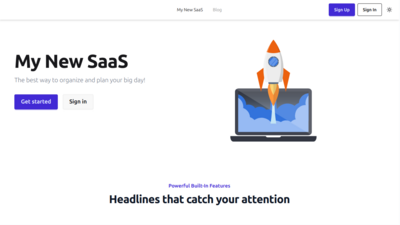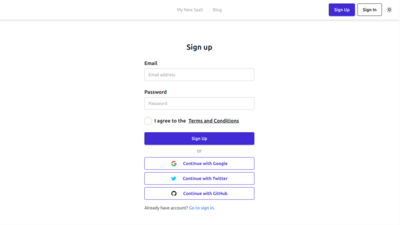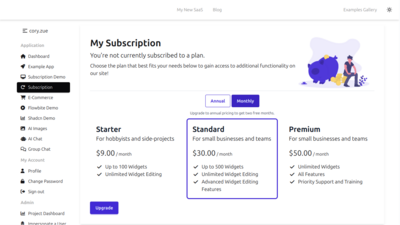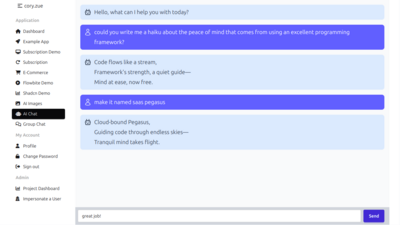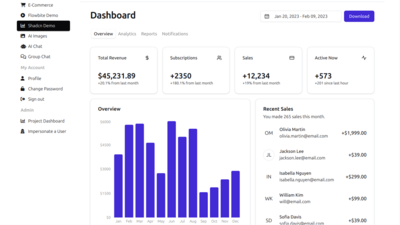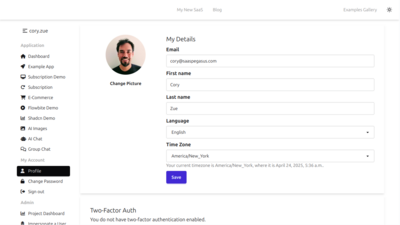Build your next
SaaS app
in a fraction of the time


Using Pegasus saved us hundreds of hours of Django development. It came with complete team and payment models and the Stripe integration was very smooth. Code is clean and the examples make it very easy to get started.
Go from zero to fully-functional app in under five minutes.
A secure and extensible user account system with sign up, authentication, email confirmation, password reset, and social login built in.
Create multi-tenant applications with an optional teams/organizations model, invitation workflow, and role-based access control framework.
Set up plans and collect recurring payments with a powerful and flexible Stripe subscriptions module.
Built-in tools to deploy to multiple cloud platforms or any VPS in just a few clicks.
Build AI applications with agents and tool use, image generation, and chat UIs that work with any LLM.
Includes comprehensive rules files for your favorite coding agents, MCP servers, and LLM-friendly versions of the documentation.
A thoughtfully designed, beautiful, mobile-friendly UI built with with Tailwind CSS and DaisyUI.
Interactive pages in Pegasus are built with your choice of React or HTMX. Use as much or as little JavaScript as you want.
Build real-time UIs with a asynchronous and websocket support with django-channels and a built-in group chat demo.
Add a blog or static site to your application—with a rich editing UI—using a built-in integration with Wagtail CMS.
Built in REST APIs, API documentation, and client libraries for all your application's data.
Charge for subscriptions on a configurable 'per-seat' basis, based on the number of users or a different metric of your choice.
Work with your database models directly in a browser with Django's built-in Admin UI.
Troubleshoot users' problems faster by experiencing the app exactly how they do.
Instantly turn features on and off for specific users, teams, or even site-wide—without pushing any code.
Let users protect their accounts with an extra layer of security using Google Authenticator or similar.
A built-in test suite and front end build system, running automatically with Github Actions or Gitlab CI.
Get up and running in a single command using cross-platform Docker containers.
A built-in TypeScript/JavaScript and CSS build pipeline with Vite or Webpack and other modern tools and no fuss.
Fully-integrated demo of dynamic charts based on real data from your application.
Send email with any popular email service provider (ESP), including built-in, mobile-friendly templates for common emails.
Track errors in your production application in real-time with Sentry—the gold-standard for Django application monitoring.
Built on the secure Django web framework with sensible defaults to help avoid common security mistakes.
A Vibrant Developer Community
Get support from Pegasus's creator and hundreds of other developers building with Pegasus in our private, active Slack community.
Comprehensively Documented
Our LLM-friendly documentation helps you get started with development, deployment, best practices, and solving common problems.
Regular Continuous Releases
The codebase is updated monthly with new features, bug fixes, library upgrades, and more. Updates are delivered to your repository as pull requests.
Here's what successful customers say about Pegasus
“SaaS Pegasus makes it possible not just to build your demo, but to get product-ready in weeks not months. We were able to go from 0 to 1 in 3 weeks, building on top of Pegasus.”
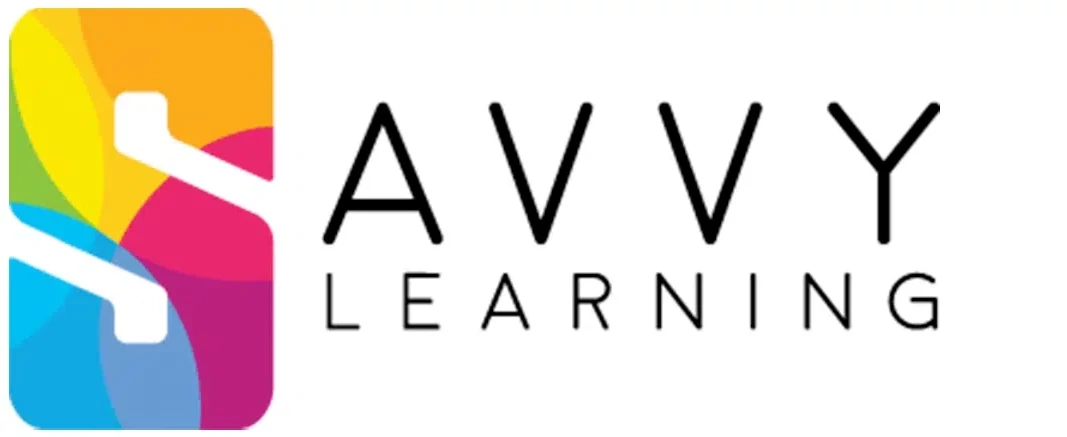
“I'm usually pretty critical of SaaS boilerplates, but SaaS Pegasus is quite literally "CTO in a box" and has taught me a ton about modern Django just from buying it.”
“As a newbie to Django, I was looking for a SaaS template to quickly build and launch my indie hacking project. SaaS Pegasus provided the perfect foundation to build from. It has just the right amount of base functionality that I could easily customise. If you're using Django, save time and money—I highly recommend it!”
“We estimated that we could launch our productized service in six weeks. Thanks to Pegasus, we did it in six days! Everything Just Worked.”
“There's easily hundreds of hours of work contained in the template. It was maybe the best money I've spent on anything.”
“Using SaaS Pegasus to handle all the boilerplate code was so easy and helpful. The application was ready to launch 10x faster than when I handle that stuff myself.”
“Pegasus helped me tremendously understanding the logic behind Django projects. Really a great solution you have!”
“We're well into the six figures of ARR, closing out a raise at a multi-million dollar valuation. I 100% believe my product never would've gotten off the ground without SaaS Pegasus. You have done all of the intimidating, monotonous, but also hard-to-reason-about structural pieces of the project. I know it might seem silly to think of it like this, but SaaS Pegasus has helped change the trajectory of my life.”
“In only 4 days I was able to take my existing Django project, integrate SaaS Pegasus, and push it online. You have done an amazing job creating Pegasus. It wouldn't have been possible without you.”
Good question! Pegasus is a Django-backed SaaS boilerplate that puts you in control.
You choose the technologies and features you want included, and Pegasus generates a unique codebase for your project. Instead of starting with Django's default skeleton project, you start with a bunch of extra work done for you—and nothing you don't need.
Check out this video to see how easy it is to get up and running with Pegasus in under five minutes. And for a deep dive on how Pegasus is put together see this writeup on how Pegasus works.
In short, Pegasus is for developers who want to jump start their projects.
Pegasus works well for experienced coders, data scientists looking to get into web development, and technical entrepreneurs looking to build their own MVPs.
Beginners and experienced developers alike will feel at home in Pegasus's mature—and always improving—codebase.
For a longer treatment of this question, see "Is Pegasus right for me?"
Yes, but it's a bit of work.
Pegasus is primarily for new projects and is not designed to integrate into existing codebases. Pegasus customers with existing apps typically either copy their app's code into a new Pegasus project, or copy the Pegasus features they need into their existing codebase. Both of these approaches work fine, but involve some copy/pasting.
We don't want you to be disappointed! If Pegasus isn't what you expected you can email us within 7 days for a full refund—no questions asked.
Well, we might ask you why you didn't like it so we can make it better in the future, but you don't have to answer and you'll still get your money back right away.
Yes!
You can upgrade a license within the first year of purchase for the difference in price between the two tiers plus $49. So, for example, upgrading a license from Professional to Unlimited is $999 - $449 + $49 = $599.
Nope!
Most of Pegasus is built with standard Django views and templates, and the majority of functionality has minimal amounts of JavaScript.
For the parts of Pegasus that leverage JavaScript to provide a modern user experience, Pegasus lets you to choose between React and HTMX. HTMX is a great on-ramp to modern web applications for Django developers and requires no JavaScript knowledge whatsoever!
Pegasus also ships with a Webpack pipeline to build the front-end, and so swapping in a different JavaScript framework—or using none at all—is as simple as modifying a few config files. Pegasus even ships with a Vue.js example to demonstrate how easy this is!
Pegasus lets you build multi-tenant applications—that is, applications that serve multiple customers (tenants) on top of a single platform. Each tenant (in Pegasus, a team) gets a siloed view of just their data.
Under the hood, Pegasus uses a single database and manages data isolation using foreign keys and a set of built-in helper functions in the application layer. You can read more about these tools in the teams documentation.
The main advantage of this architecture is that it is much faster to build and deploy on. And—if you follow the built-in patterns—it can scale to an almost-arbitrary size. We believe strongly that this makes it the best tenant architecture for most use cases.
That said, the single-database architecture may not be suitable for applications with extremely rigid security requirements. For those applications, a more siloed approach using something like django-tenants—which enforces data isolation at the database level—may be more appropriate. Using these alternate architectures will substantially increase the complexity of building and deploying your application.
It is possible, but a lot of work (and not supported), to adapt Pegasus to use a different tenant architecture. Very few Pegasus customers have ever needed to do this, even at scale.
Email me at [email protected] and I'll get back to you as quickly as possible!
